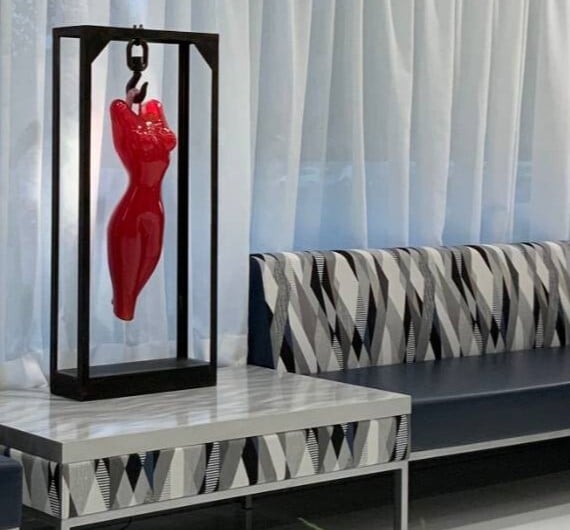I would say that one of the biggest deterrents for patients when it comes to getting a surgical procedure is a fear of the scar. Sometimes, it may even result in a patient choosing a less effective non-surgical procedure for his or her issue. Obviously, every patient has to way the pros and cons of any procedure, whether it’s surgical or non-surgical. However, when it comes to scarring, I often find that patients are fearful of it because they don’t understand it.
Every surgery is going to result in some kind of scar. Anytime that you cut the skin, the body heals itself by knitting together the two sides of that cut. But, this does not mean that you are going to be left with some unsightly, raised ridge.
A Scar Always Looks Worse Before It Gets Better
Your body is designed to effectively heal wounds. If you’ve ever scratched yourself and watched that red line disappears over the next few days then you’ve witnessed this process. And it is a process. The body’s first response to any cut is to try to make that “weak” area strong again. This is why a scar is going to look worse before it gets better.
For the first 6 weeks after a surgical procedure such as a:
You can expect your incision lines to appear red, firm and hard. Do not worry. Over the next four months, this raised scar will begin to soften and lose some of that redness. It may take a year or longer for an incision line to completely resolve, however, so patience is a must.
Exemplary Surgical Technique = Smoother Incision Lines
All scars fade with time. However, there are steps that you can take to help ensure that your incision lines are as inconspicuous as possible. One of the most important is to choose a highly qualified surgeon. Exemplary surgical technique is always going to result in smoother incision lines. In a facelift, for example, the lift should occur in the underlying, deeper tissues. This way, unnecessary tension is not placed on the skin. Instead, I simply re-drape the skin over your new facial contour, trimming any excess. Less pull on the skin translates to significantly less risk of scarring.
Follow Directions
The other really important thing that you can do to help reduce your scar risk is to follow directions. Every patient is sent home with very specific post-operative guidelines. These include everything from how soon I want you up and walking to whether or not it’s safe for you to drive a car. These guidelines are not just for your safety. Following them correctly gives your body the appropriate time to heal. Pushing yourself too hard before your skin and tissues have had a chance to repair themselves will only increase your scar risk.
Scar Therapies
Last, some patients simply scar more easily than others. This often comes down to genetics. Luckily, there are many, very effective scar therapies on the market today. They range from devices that can be applied after surgery to topical, silicone gels and/or sheets. So, if you are someone who has a propensity to develop keloids, don’t despair. There are always steps that we can take to help reduce this risk.
To find out more about a surgical breast, body, or face procedure with Dr. Mark Epstein in Long Island, contact us today or call 631-689-1100 to schedule a consultation.

